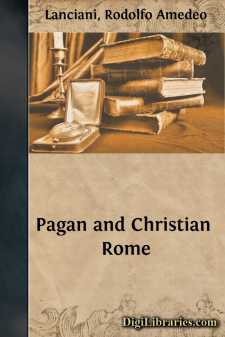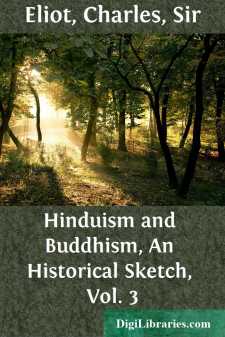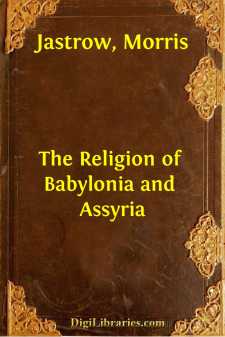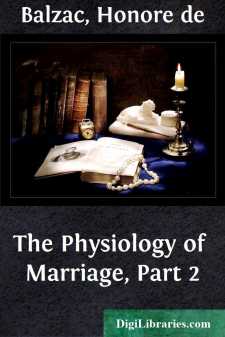Categories
- Antiques & Collectibles 13
- Architecture 36
- Art 48
- Bibles 22
- Biography & Autobiography 816
- Body, Mind & Spirit 145
- Business & Economics 28
- Children's Books 17
- Children's Fiction 14
- Computers 4
- Cooking 94
- Crafts & Hobbies 4
- Drama 346
- Education 58
- Family & Relationships 59
- Fiction 11834
- Foreign Language Study 3
- Games 19
- Gardening 17
- Health & Fitness 34
- History 1378
- House & Home 1
- Humor 147
- Juvenile Fiction 1873
- Juvenile Nonfiction 202
- Language Arts & Disciplines 89
- Law 16
- Literary Collections 686
- Literary Criticism 179
- Mathematics 13
- Medical 41
- Music 40
- Nature 179
- Non-Classifiable 1768
- Performing Arts 7
- Periodicals 1453
- Philosophy 66
- Photography 2
- Poetry 897
- Political Science 203
- Psychology 45
- Reference 154
- Religion 516
- Science 126
- Self-Help 85
- Social Science 82
- Sports & Recreation 34
- Study Aids 3
- Technology & Engineering 59
- Transportation 23
- Travel 463
- True Crime 29
Our website is made possible by displaying online advertisements to our visitors.
Please consider supporting us by disabling your ad blocker.
Pagan and Christian Rome
Categories:
Description:
Excerpt
THE TRANSFORMATION OF ROME FROM A PAGAN INTO A
CHRISTIAN CITY.
The early adoption of Christianity not confined to the poorer classes.—Instances of Roman nobles who were Christians.—The family of the Acilii Glabriones.—Manius Acilius the consul.—Put to death because of his religion.—Description of his tomb, recently discovered.—Other Christian patricians.—How was it possible for men in public office to serve both Christ and Cæsar?—The usual liberality of the emperors towards the new religion.—Nevertheless an open profession of faith hazardous and frequently avoided.—Marriages between Christians and pagans.—Apostasy resulting from these.—Curious discovery illustrating the attitude of Seneca's family towards Christianity.—Christians in the army.—The gradual nature of the transformation of Rome.—The significance of the inscription on the Arch of Constantine.—The readiness of the early Church to adopt pagan customs and even myths.—The curious mixture of pagan and Christian conceptions which grew out of this.—Churches became repositories for classical works of art, for which new interpretations were invented.—The desire of the early Christians to make their churches as beautiful as possible.—The substitution of Christian shrines for the old pagan altars at street corners.—Examples of both.—The bathing accommodations of the pagan temples adopted by the Church.—Also the custom of providing public standards of weights and measures.—These set up in the basilicas.—How their significance became perverted in the Dark Ages.—The adoption of funerary banquets and their degeneration.—The public store-houses of the emperors and those of the popes.—Pagan rose-festivals and their conversion into a Christian institution.
It has been contended, and many still believe, that in ancient Rome the doctrines of Christ found no proselytes, except among the lower and poorer classes of citizens. That is certainly a noble picture which represents the new faith as searching among the haunts of poverty and slavery, seeking to inspire faith, hope, and charity in their occupants; to transform them from things into human beings; to make them believe in the happiness of a future life; to alleviate their present sufferings; to redeem their children from shame and servitude; to proclaim them equal to their masters. But the gospel found its way also to the mansions of the masters, nay, even to the palace of the Cæsars. The discoveries lately made on this subject are startling, and constitute a new chapter in the history of imperial Rome. We have been used to consider early Christian history and primitive Christian art as matters of secondary importance, and hardly worthy the attention of the classical student. Thus, none of the four or five hundred volumes on the topography of ancient Rome speaks of the basilicas raised by Constantine; of the church of S. Maria Antiqua, built side by side with the Temple of Vesta, the two worships dwelling together as it were, for nearly a century; of the Christian burial-grounds; of the imperial mausoleum near S....












